Sear, Smoke, Simmer: Transitioning Your Grill to Fall
 Grill Season Never Ends: Fall BBQ Tips & Tricks
Grill Season Never Ends: Fall BBQ Tips & Tricks
When the air gets crisp and the leaves start to blush, your grill doesn’t retire—it evolves. Fall is the season for deeper caramelization, longer smokes, cozy one-pot sides, and the kind of aromas that make neighbors “just happen” to wander over. This guide shows you how to shift gears and master three essential fall cooking moves—sear, smoke, and simmer—with step-by-step technique, gear tips, flavor pairings, and links to Big Poppa Smokers recipes you can cook tonight.
 How to Sear a Steak (Fall Edition)
How to Sear a Steak (Fall Edition)
Crisp evenings are prime time for steak. You’ll get cleaner fire, steadier temps, and that glossy crust you dream about. Two proven paths: a fast direct sear over high heat, or the crowd-favorite reverse sear (slow up to temp, then blast the crust). If you’re cooking on a pellet grill or drum smoker, reverse sear is your secret weapon for a rosy interior and a shattering, mahogany crust.
Direct Sear vs. Reverse Sear: which should you use?
| Method | How it works | Best for | Target Internal | Typical Time | Pros / Cons |
|---|---|---|---|---|---|
| Direct Sear | High heat (500–650°F) over coals or IR burner; flip often for even browning. | Thin steaks (<1.25"), burgers, chops, skewers. | Steak: 125–130°F (rare–med-rare) before rest. | 5–10 minutes total. | Pros: Fast, dramatic crust. Cons: Narrow doneness window on thicker cuts. |
| Reverse Sear | Warm through at 225–275°F to ~10–15°F below final; finish with a ripping hot sear. | Thick steaks (1.5–3"), tri-tip, tomahawk, prime rib. | Steak final: 130–135°F (med-rare) after sear & rest. | 45–90 minutes depending on thickness. | Pros: Even edge-to-edge doneness, huge crust. Cons: Slightly longer overall time. |
| Cast-Iron Finish | Preheat skillet/griddle until lightly smoking; sear in butter/tallow. | Filet mignon, strip, picanha portions, burgers. | Same as above. | 1–3 min/side to finish. | Pros: Buttery basting, maximal contact. Cons: Watch milk solids; can scorch. |
| Griddle Sear | Flat top or plancha at 450–525°F; smash or press for crust contact. | Smash burgers, fajitas, sliced tri-tip. | Food-safe temps for ground meat. | Quick—batch friendly. | Pros: Uniform crust. Cons: Drain rendered fat to avoid steaming. |
Step-by-step: how to sear a steak (reverse-sear on pellet or drum)
- Season generously. Coat with a quality barbecue seasoning. Our go to is Big Poppa's Double Secret and blend with Big Poppa's Little Louie's.
- Warm low & slow. Set your cooker to 225–250°F. Place steak indirect until it hits about 115–120°F (for a 130–135°F finish).
- Rest briefly. 5–10 minutes off heat stabilizes juices.
- Sear hard. Move to a screaming hot grate, cast-iron, or IR burner. Sear 60–90 seconds per side, flipping and edge-searing the fat cap.
- Finish with fat & aromatics. Tallow or butter baste with smashed garlic and thyme. Pull at your target and rest 5–8 minutes before slicing.
Reverse-sear tutorials & recipes
- Ultimate Guide to Reverse Searing (Pellet Grill or Drum)
- Reverse-Seared Filet with Mushrooms
- Reverse-Seared Filet
- Wagyu Picanha
How to Smoke Ribs (Autumn Playbook)
Cool weather is rib weather. Lower ambient temps help you hold steady smoke, build bark, and render fat without racing the clock. The two main approaches are low & slow (225–250°F with a wrap for tenderness) and hot & fast (275–300°F with careful spritzing to protect bark). Either way, you’ll win the day with smart seasoning, clean smoke, and a patient rest.
Low & Slow vs. Hot & Fast for ribs
| Approach | Temp & Time | Wrap? | Texture Profile | Bark Level | Notes |
|---|---|---|---|---|---|
| Low & Slow | 225–250°F; ~5–6 hrs (baby backs), ~6–7 hrs (St. Louis). | Often at 2.5–3 hrs for moisture/softness. | Classic “tug” with juicy bite. | Pronounced but tender. | Great for layering bbq seasoning, mop, and bbq sauces at the end. |
| Hot & Fast | 275–300°F; shave 45–75 minutes off total time. | Optional; spritz every 30–40 minutes. | Clean bite, slightly firmer. | Thicker bark; watch sugar scorching. | Use lower-sugar rubs early; glaze late to avoid burn. |
Step-by-step: how to smoke ribs (baseline method)
- Trim & prep. Remove membrane, square ends. Pat dry and tacky.
- Season. Start with a savory base (e.g., Little Louie’s), then apply a balanced BBQ seasoning like Sweet Money (pork’s best friend). Rest 15–30 minutes.
- Smoke steady. 235–250°F, thin blue smoke, ribs meat-side up. Spritz apple cider + water every 40–60 minutes if bark stalls.
- Wrap (optional). At color you love (usually ~2.5–3 hrs), wrap with a pat of butter, a drizzle of honey, and a light splash of apple juice. Return to the smoker until ~198–203°F and probe tender.
- Set the glaze. Unwrap, brush with your favorite BBQ sauce, and cook 10–15 minutes to tack up without burning.
- Rest. 15–20 minutes tented loosely; slice between bones.
Rib recipes to cook next
Pro rib checkpoints
- Color first, then tenderness—don’t chase time.
- Probe like warm butter between bones at ~200°F.
- Sugar burns at high heat—glaze late, set briefly.
How to Simmer (The Fall Flavor Multiplier)
Grills and smokers aren’t just for fire and smoke. Fall calls for simmer—gentle bubbling that concentrates sauces, tenderizes beans, and turns pan juices into a glossy glaze. Think cast-iron pots parked on a pellet grill’s lower setting or a kettle set up for two-zone heat. Simmering lets you build layers of flavor while your main cook rolls.
Simmer vs. Boil vs. Braise
| Technique | Temp Clues | Best For | Result | Tips |
|---|---|---|---|---|
| Simmer | Gentle bubbles, 185–205°F. | Beans, chili, glazes, pan sauces. | Concentrated flavors, silky texture. | Stir occasionally; reduce uncovered to thicken. |
| Boil | Rolling bubbles, 212°F. | Pasta, quick blanching. | Fast, but can toughen proteins. | Not ideal for sauces you want lush and glossy. |
| Braise | Low oven/grill, liquid halfway up meat. | Short ribs, pork shoulder chunks, chuck roast. | Fork-tender meat, rich jus. | Sear first for fond; cover to retain moisture. |
Easy simmer add-ons for fall cooks
- Apple-Cider Mop: 1 cup apple cider, 2 tbsp BBQ sauce, 1 tbsp vinegar, 1 tsp BBQ seasoning. Simmer 10 minutes; mop ribs in final hour.
- Bacon-Bourbon Beans: Render bacon, add onions/garlic, deglaze with bourbon, stir in beans, tomatoes, and a spoon of BBQ sauce. Simmer until glossy.
- Steakhouse Mushroom Skillet: Sear steak, remove, then simmer shallots + mushrooms in red wine and beef stock; finish with butter and a small shake of Cash Cow
Fall Menu Blueprints (Sear • Smoke • Simmer)
Game Day Crowd
- Sear: Smash burgers on the griddle; finish with a swipe of BBQ sauce.
- Smoke: Baby back ribs, glazed and tacky.
- Simmer: Bacon-bourbon beans (hold warm on the pit).
Sunday Family Dinner
- Smoke: St. Louis ribs with a gentle wrap.
- Sear: Cast-iron seared asparagus or brussels.
- Simmer: Cider-pan gravy from rib juices; drizzle over cornbread.
Date Night Steakhouse
- Smoke → Sear: Reverse-seared NY strip.
- Simmer: Red-wine mushroom skillet sauce.
- Sear: Cast-iron smashed potatoes in beef tallow.
BBQ Seasoning & BBQ Sauces: Your Fall Flavor Playbook
Fall is bold. Lean into it with rubs that balance sweet, savory, and heat, and sauces that lacquer without burning. Start savory, finish sweet—that’s the autumn arc. Salt/pepper/garlic builds foundation; a touch of sugar and chili warms things up as the glaze sets.
| Protein / Dish | Recommended BBQ Seasoning | Sauce & Glaze Ideas | Finishing Move |
|---|---|---|---|
| Thick steaks, tri-tip | Double Secret (+ light Little Louie’s underlayer) | Butter baste; splash of Worcestershire | Rest 5–8 min; slice against grain |
| Baby backs, St. Louis ribs | Sweet Money or Money | Molasses-kissed BBQ sauce set for 10–15 minutes | Dust with finishing rub right before serving |
| Dino beef ribs | Money + cracked pepper | Beef tallow spritz, no sugar until the end | Hold in a dry cooler 30–60 minutes |
| Smoked & griddle-fried wings | Little Louie’s + Cuckoo Racha | Toss in tangy BBQ sauce or honey-hot glaze | Final kiss of heat on the griddle |
Want a deeper dive into steak technique? Try our reverse-sear guide for pellet and drum cooks.
Recommended Gear & Fuel for Fall
- Pellet grill or drum smoker: Stable temps for long cooks, then crank for the sear. Explore USA-made options: MAK Grills.
- Heat-management accessory: A cone or vortex focuses heat for searing and wings. See the BBQ Vortex.
- Cast-iron cookware: Skillets and Dutch ovens turn your pit into a simmer station.
- Instant-read thermometer: Trust temps, not guesswork—especially when air gets cold.
- Hardwood fuel: Oak for backbone, fruitwoods for a gentle kiss. Keep wood dry and clean for thin blue smoke.
Fall belongs to the patient, the curious, and the hungry. Master sear for a steakhouse crust, smoke for ribs that stop conversations, and simmer for sauces that make plates clean themselves. Grab your favorite BBQ seasoning, pick a bottle of BBQ sauce, and let the cool air carry that aroma down the block—Big Poppa style.
Quick Reference: When to Sear, Smoke, or Simmer
| Goal | Choose | Why | Example Cook |
|---|---|---|---|
| Glass-crack crust + rosy center | Reverse Sear | Even doneness with a dramatic finish | NY Strip, Filet |
| Classic backyard rib bite | Low & Slow Smoke | Time to render, stack flavors | St. Louis Ribs |
| Thick bark, quicker rib timeline | Hot & Fast Smoke | Higher temp accelerates cook | Unwrapped spares with late glaze |
| Sticky, glossy sauces & sides | Simmer | Gentle reduction concentrates flavor | Cider mop, chili, mushroom pan sauce |
FAQ: Fall Sear, Smoke & Simmer
1) How do I sear a steak on a pellet grill?
Use the reverse-sear method: season, smoke at 225–250°F to ~115–120°F internal, rest 5–10 minutes, then sear on high heat (cast-iron, sear plate, or IR burner) for 60–90 seconds per side. Finish at 130–135°F for medium-rare and rest again before slicing. For step-by-step photos, see our reverse-sear guide.
2) What’s the easiest baseline for how to smoke ribs this fall?
Trim and season, smoke at 235–250°F to good color, wrap with a touch of butter and liquid until probe-tender (~198–203°F), then glaze and set for 10–15 minutes. Try St. Louis spares or baby backs.
3) How to simmer on a grill without scorching?
Use cast-iron or an enameled Dutch oven over an indirect zone. Keep the cooker 180–225°F, crack the lid to control reduction, and stir every 10–15 minutes. If you see aggressive bubbling, shift farther from the fire or lower the pit temp.
4) Which BBQ seasoning should I pick for steak vs. ribs?
For steak, choose a coarse, beef-forward rub like Double Secret. For ribs, go with a balanced pork rub like Sweet Money or Money; add a savory base like Little Louie’s if you prefer less sweetness.
5) When should I add BBQ sauces to avoid burning?
During the last 10–15 minutes of the cook. Brush a thin coat, close the lid to set, then add a second whisper if you want extra shine. High sugar plus high heat for too long will scorch—always glaze late.
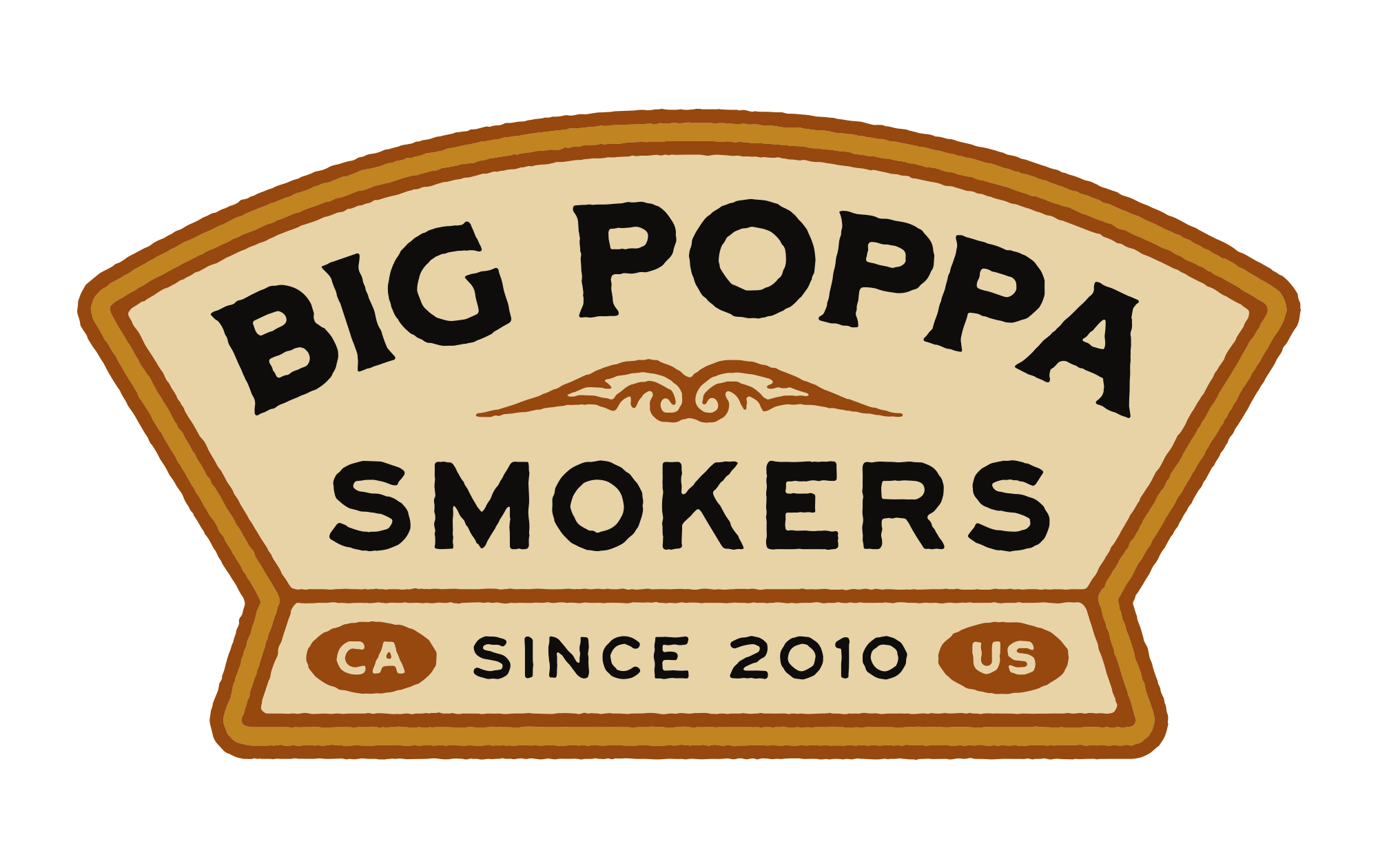

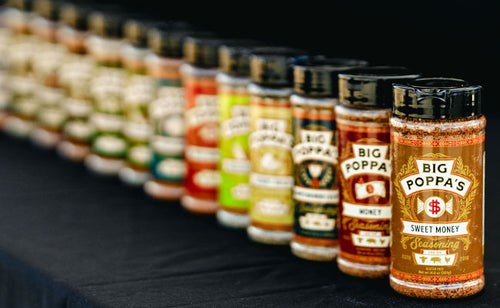
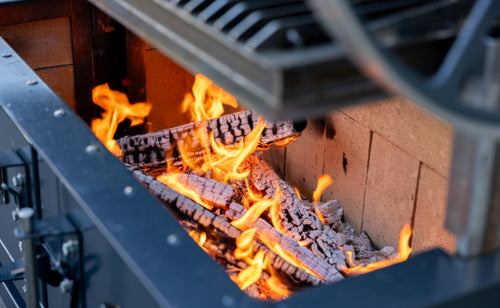
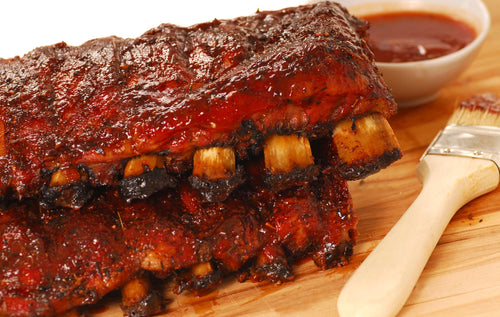
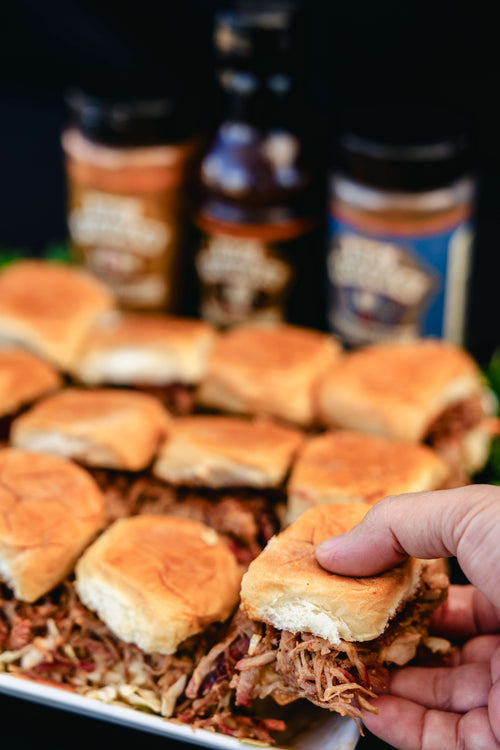




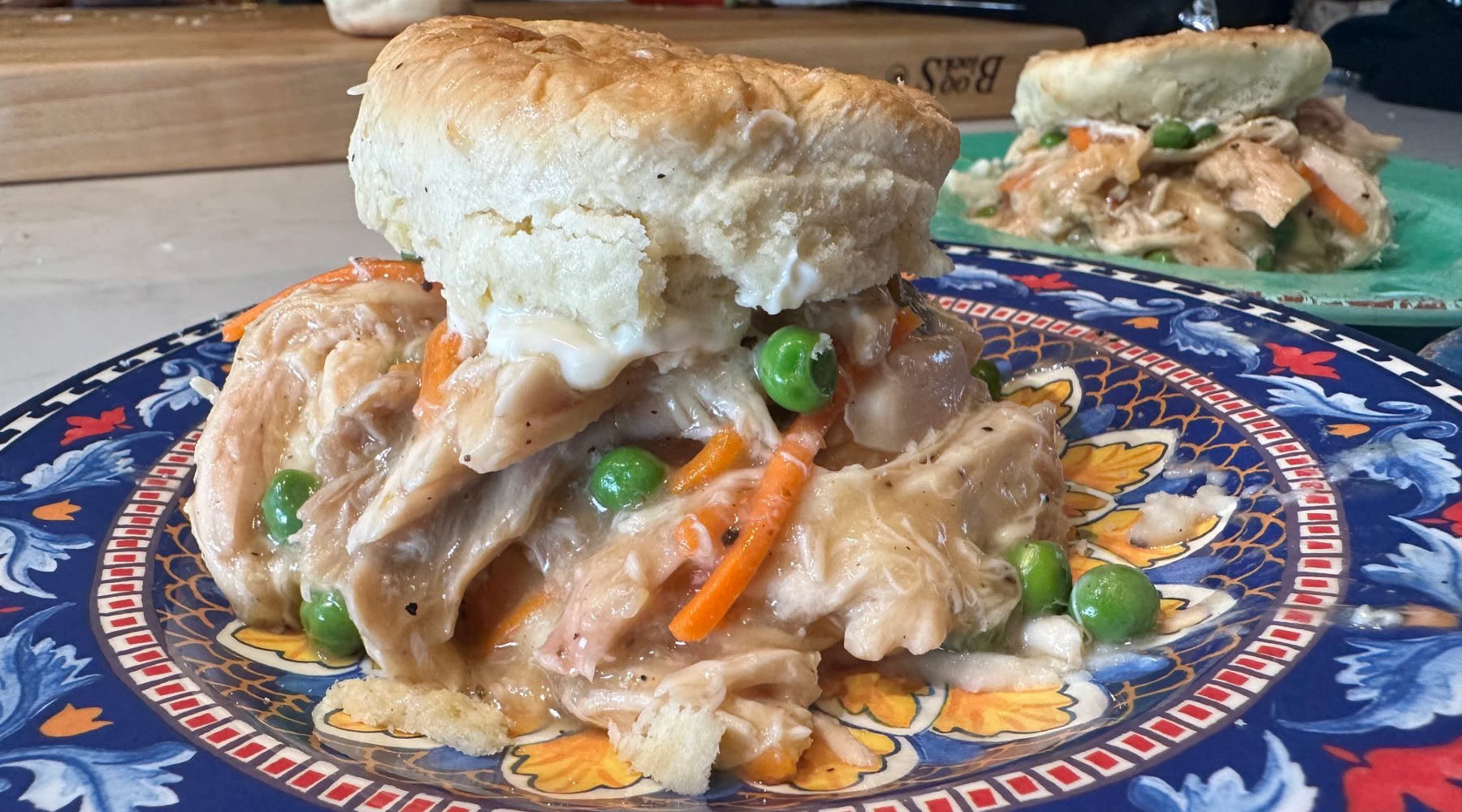
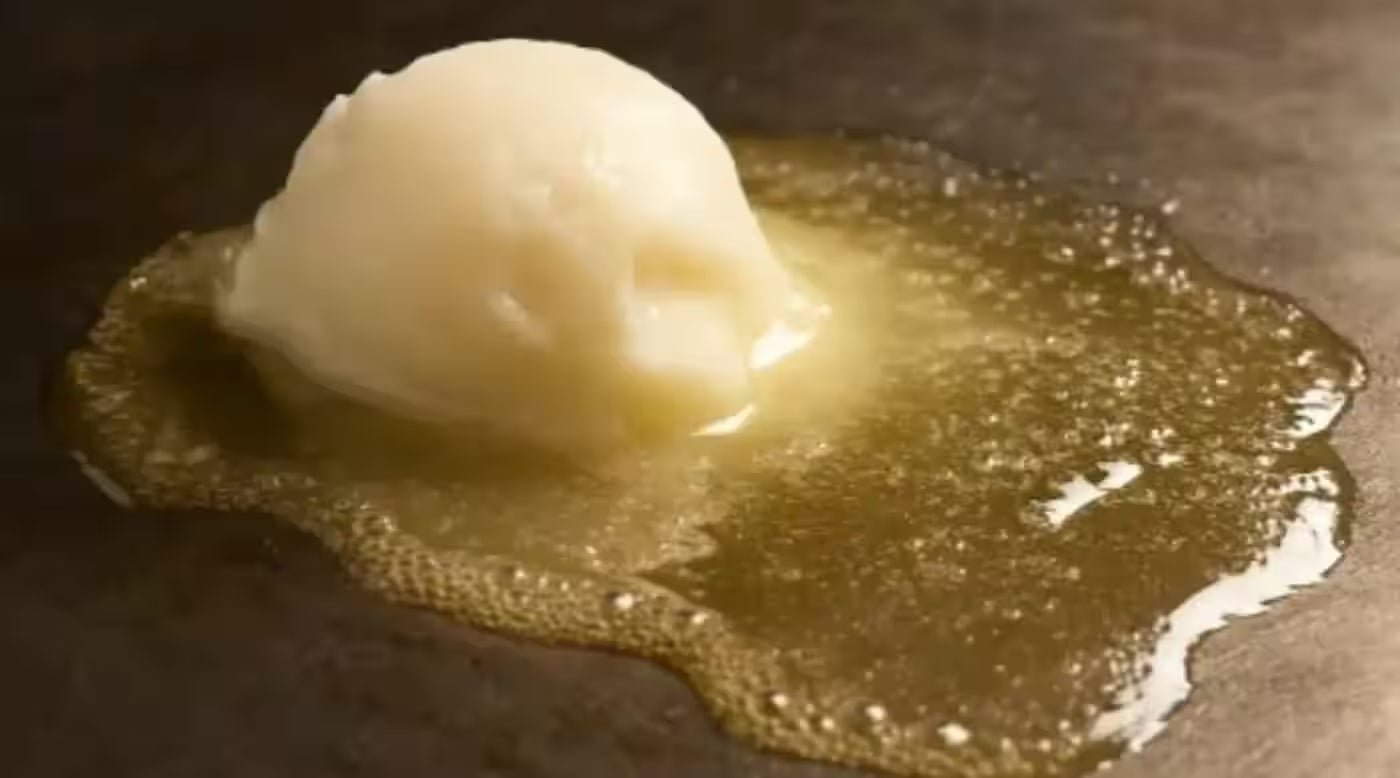
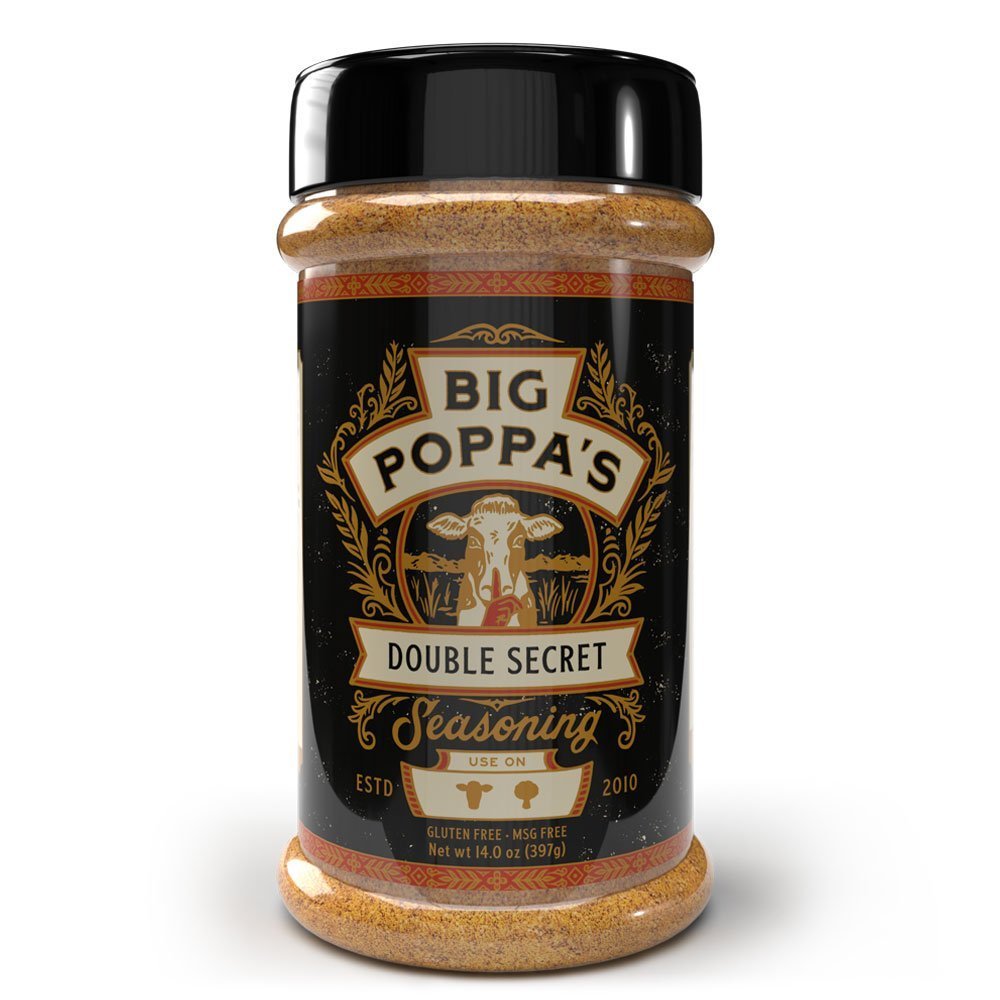
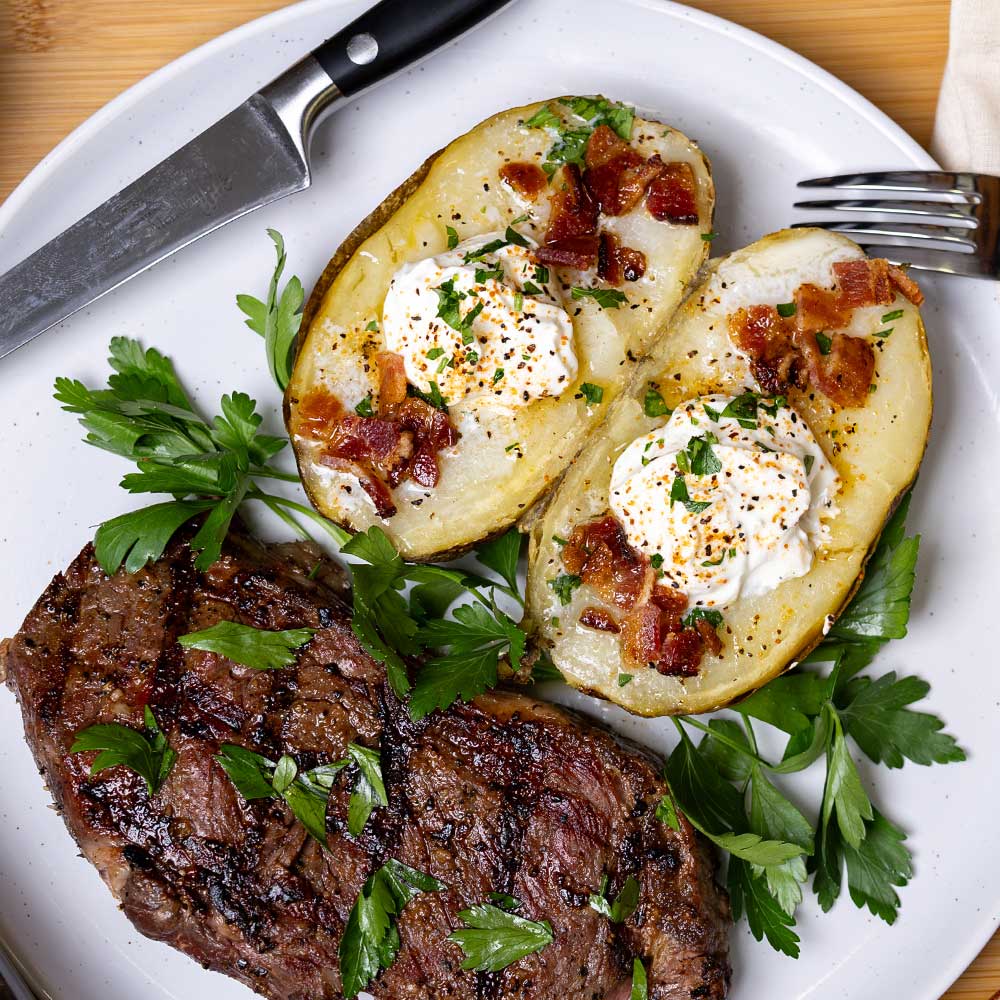
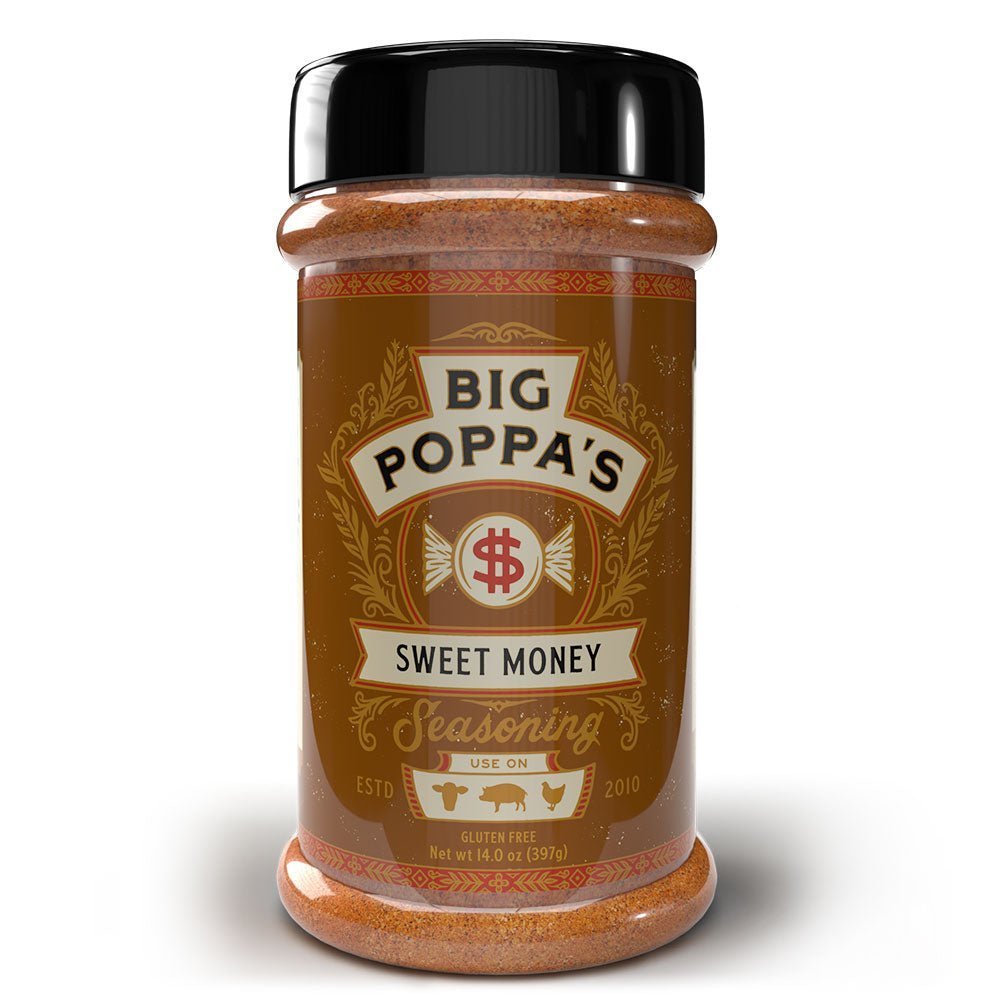
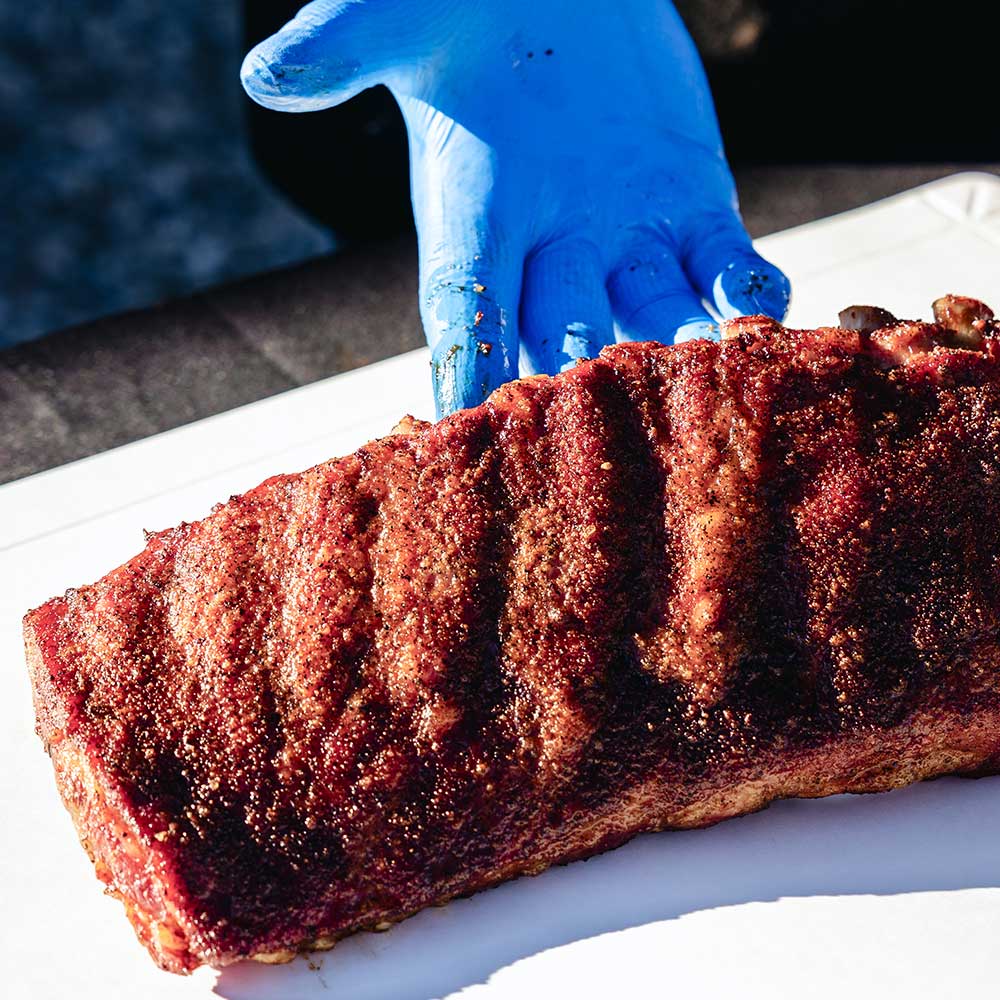
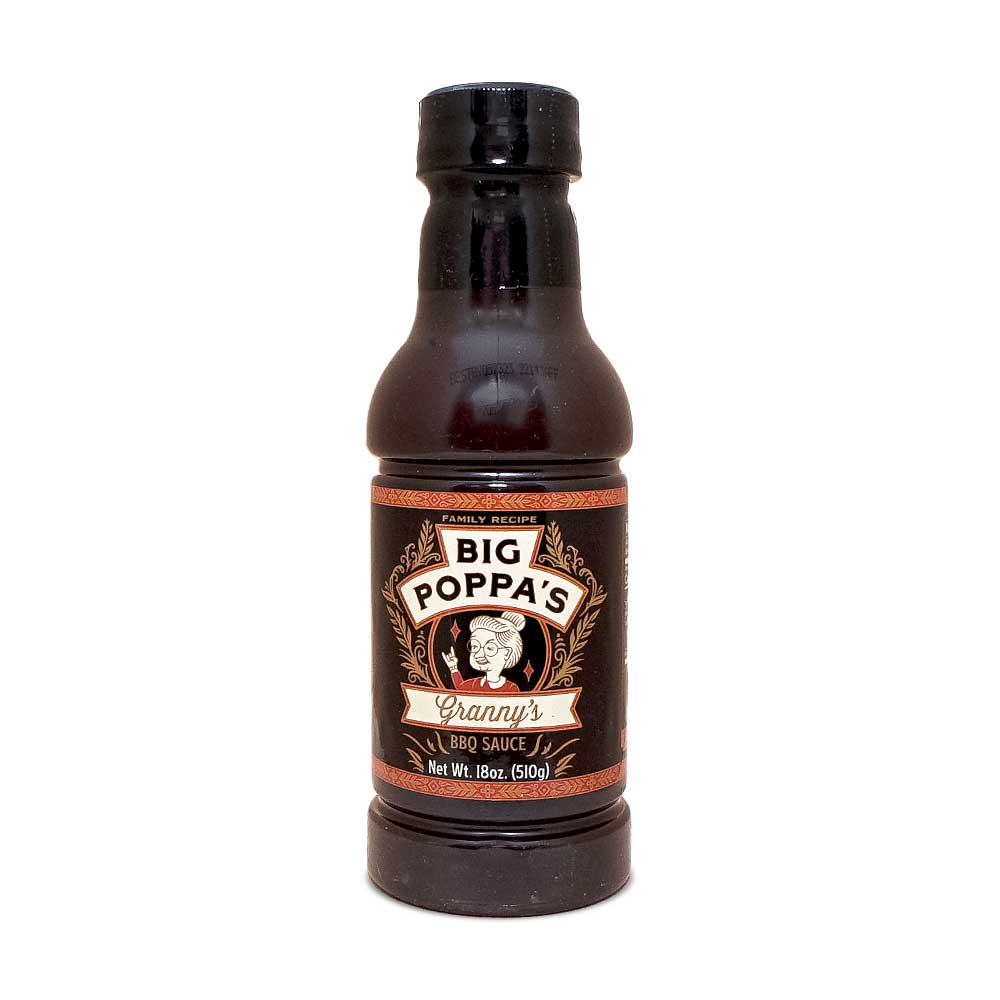
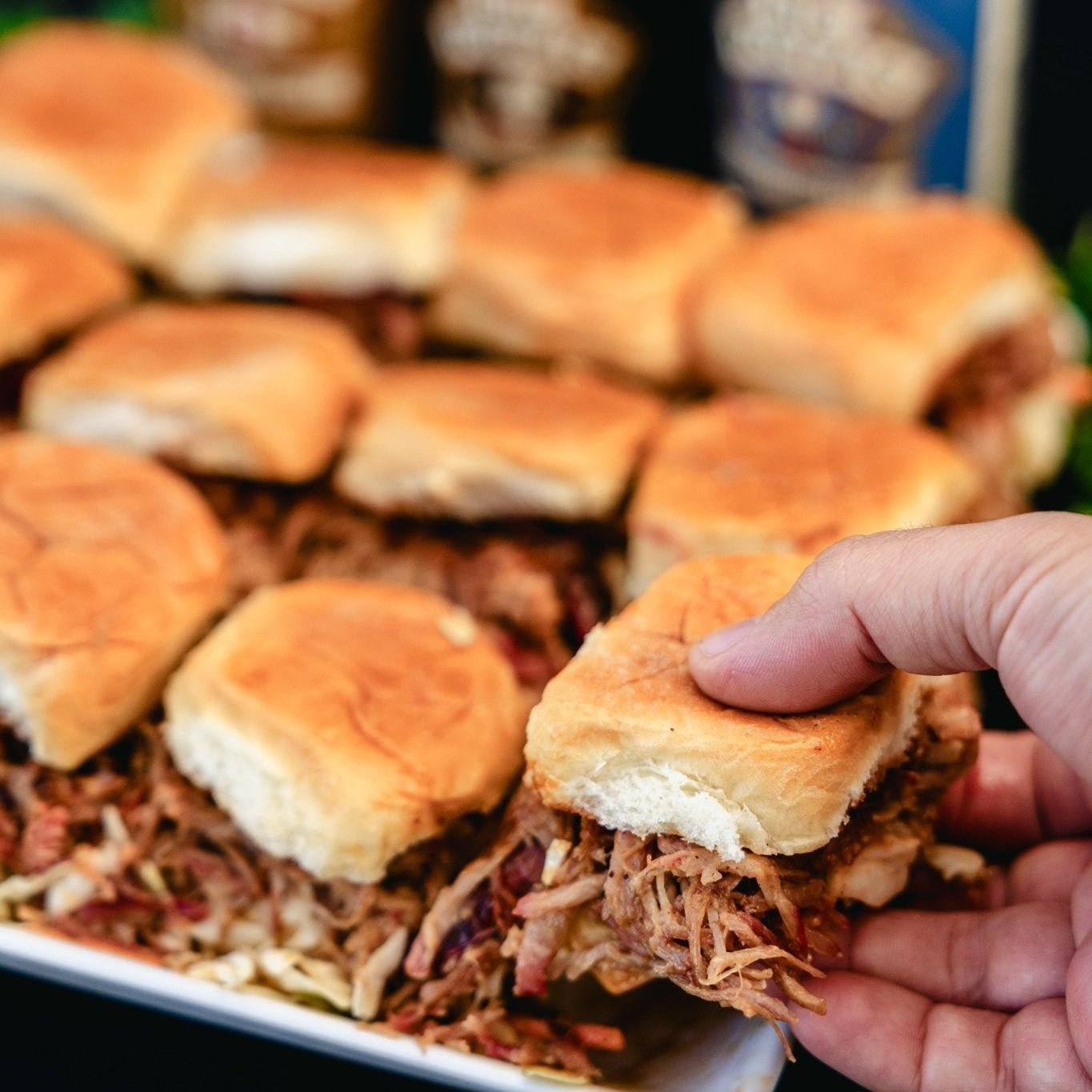
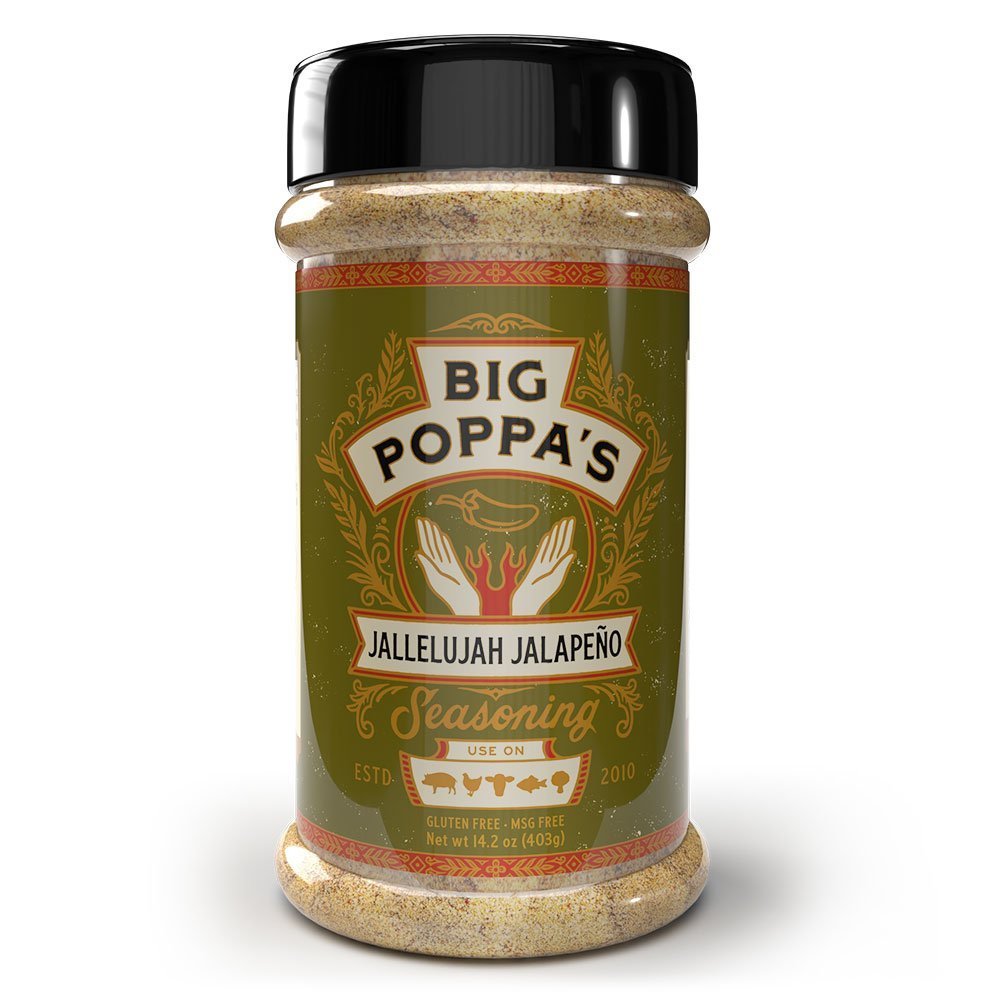
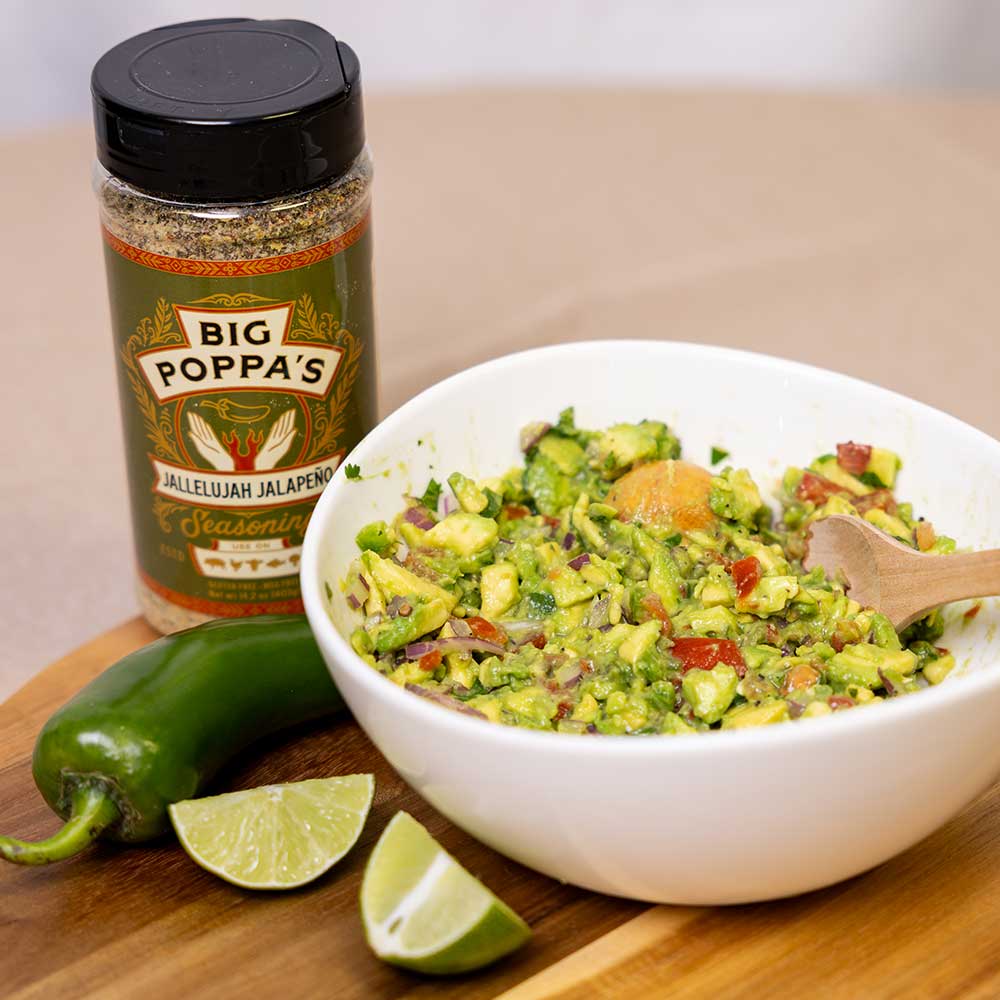
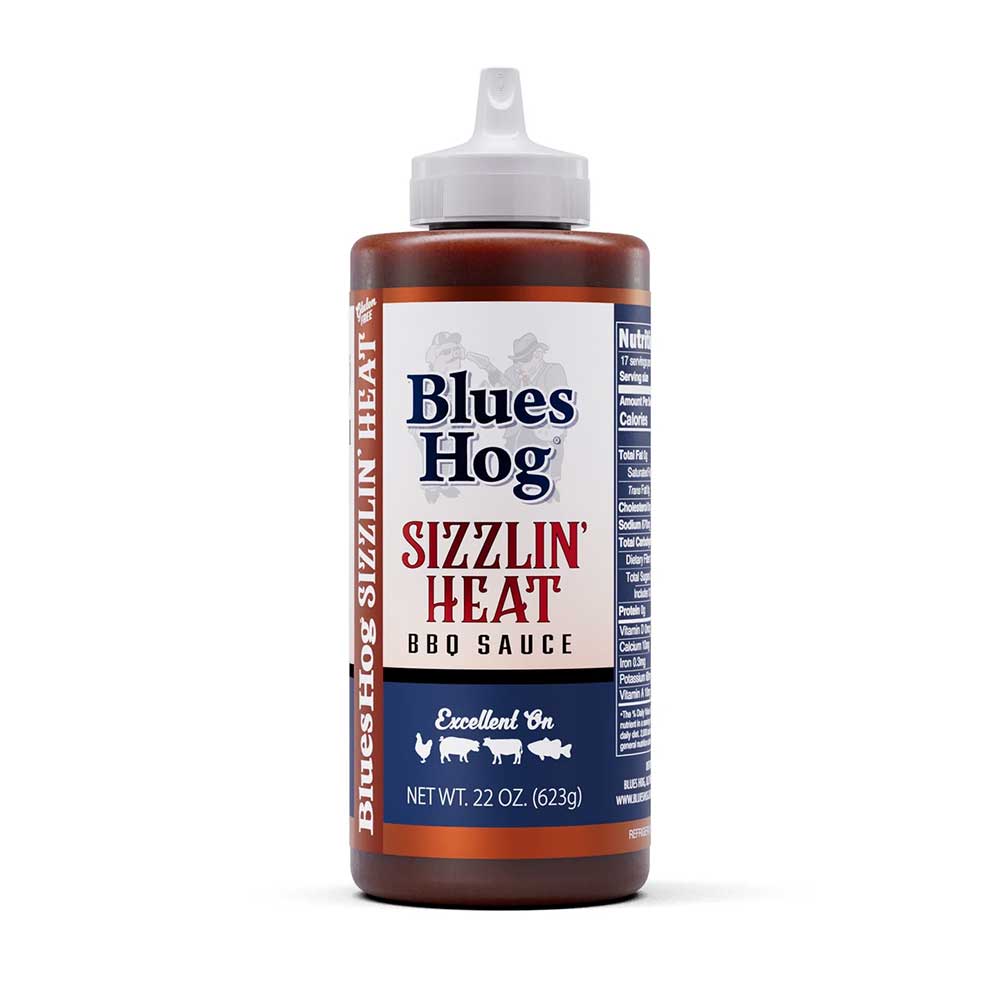
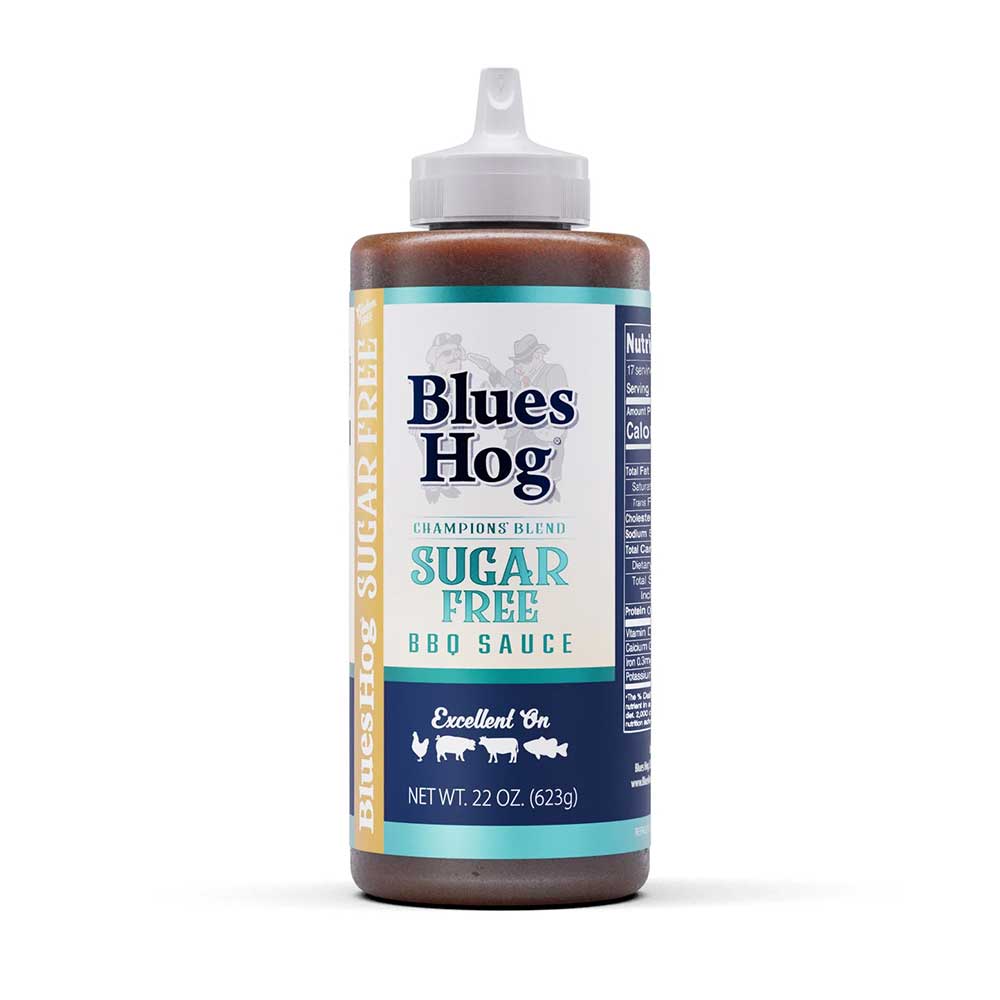
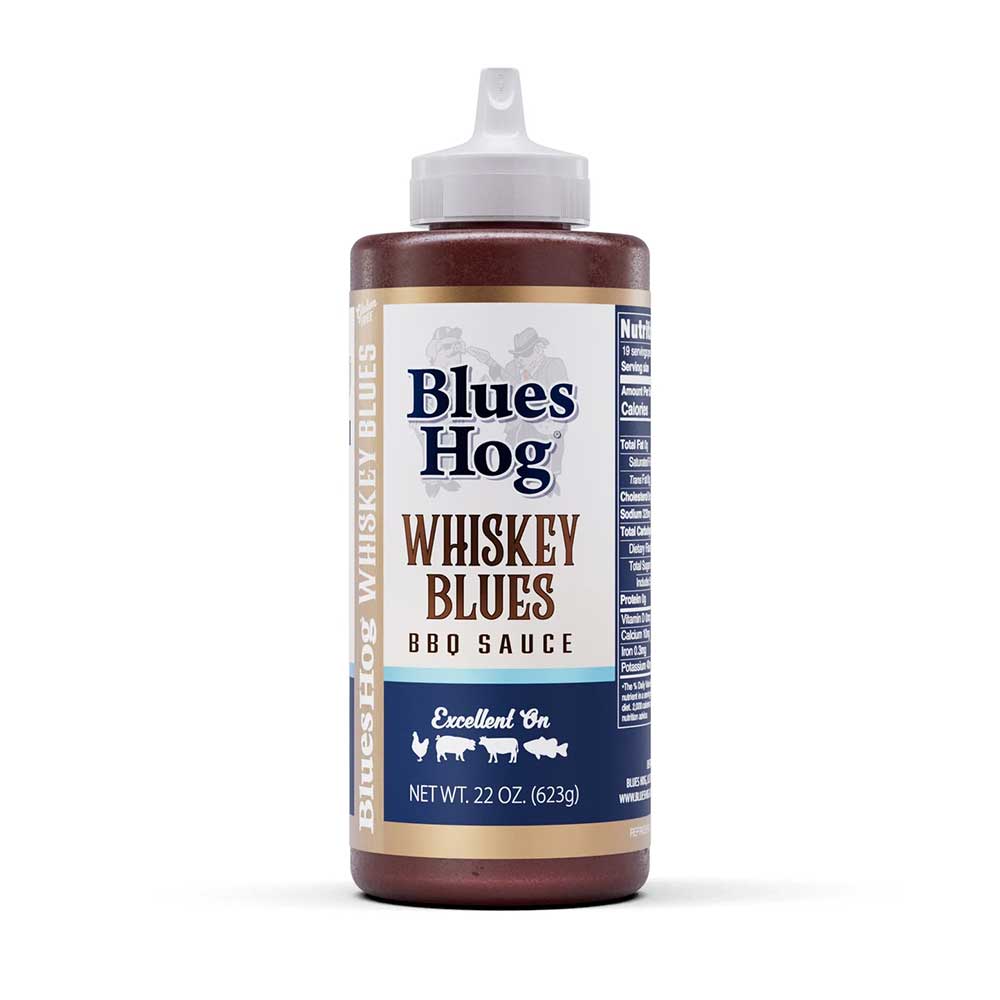
Leave a comment
This site is protected by hCaptcha and the hCaptcha Privacy Policy and Terms of Service apply.